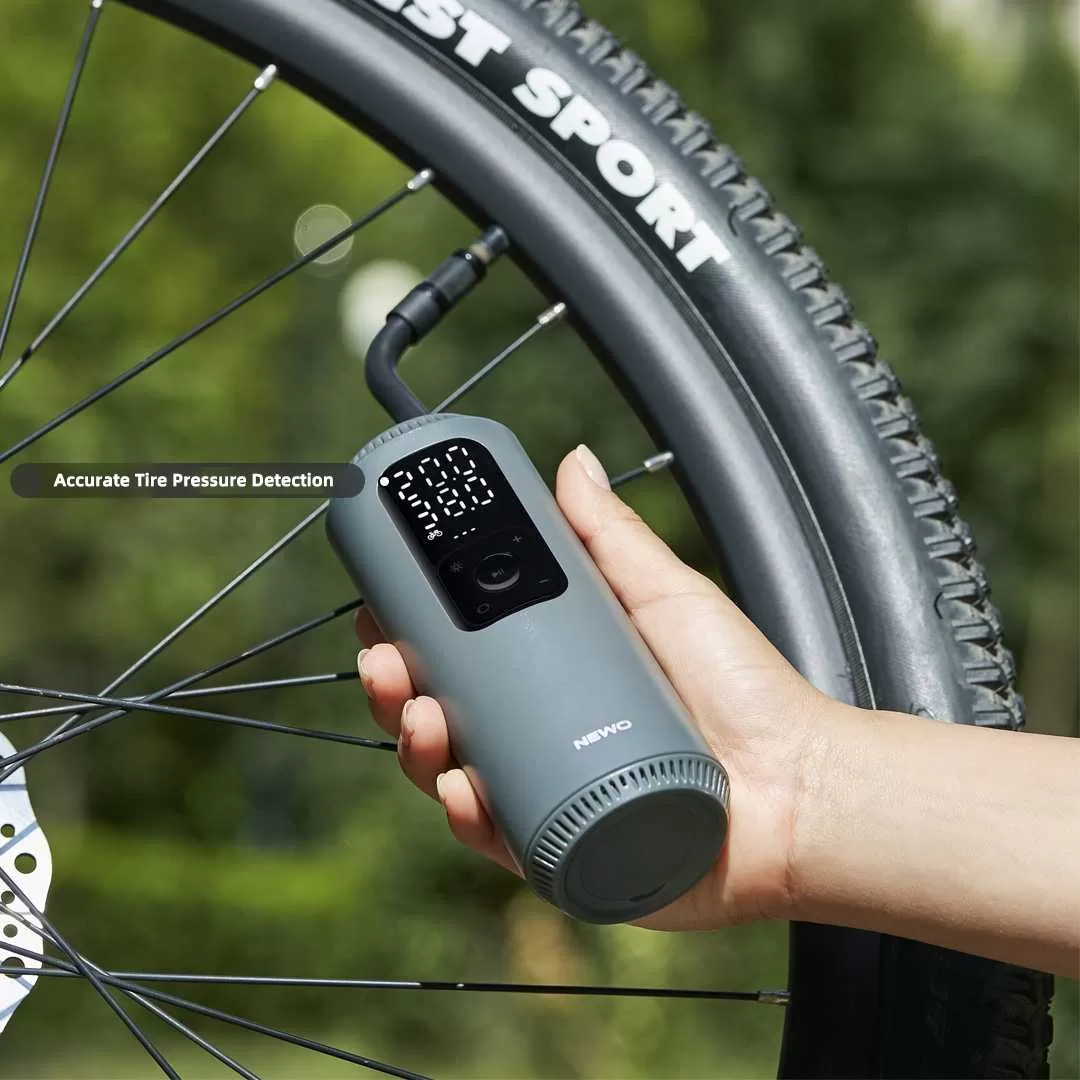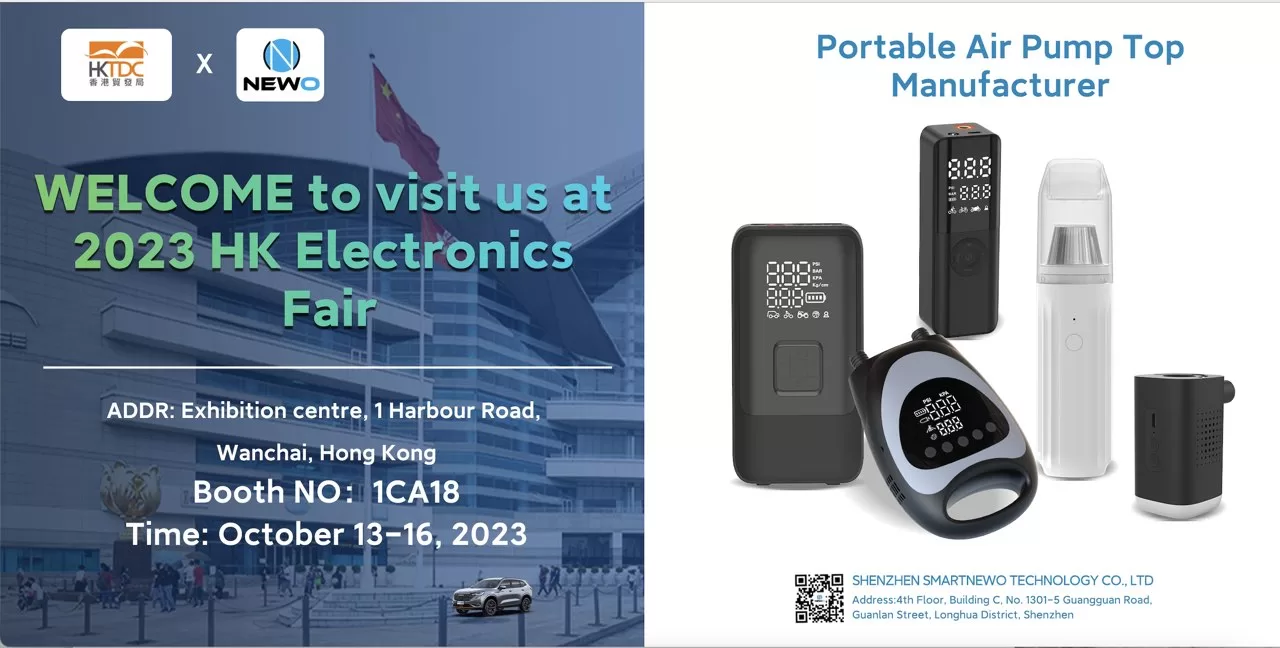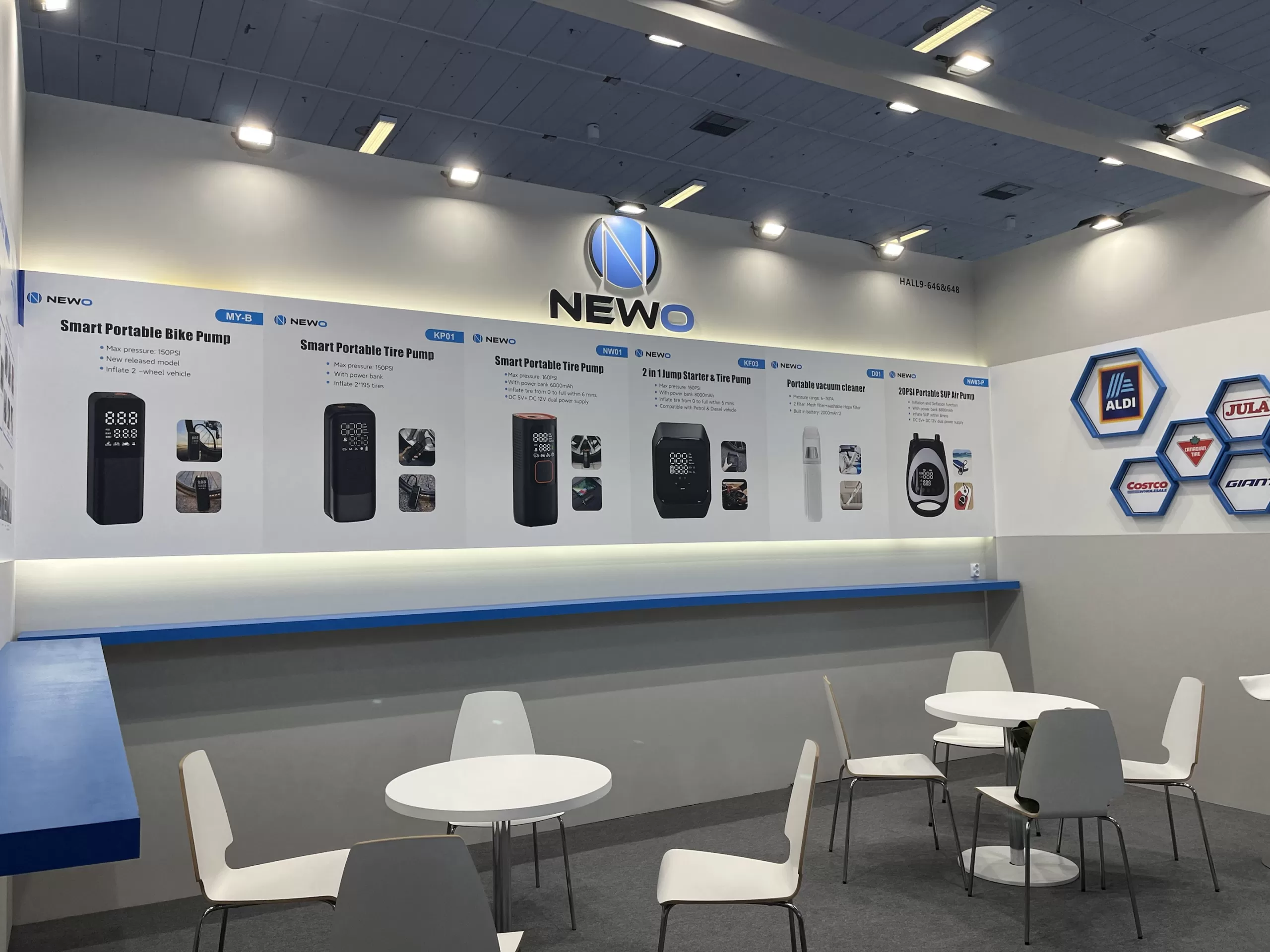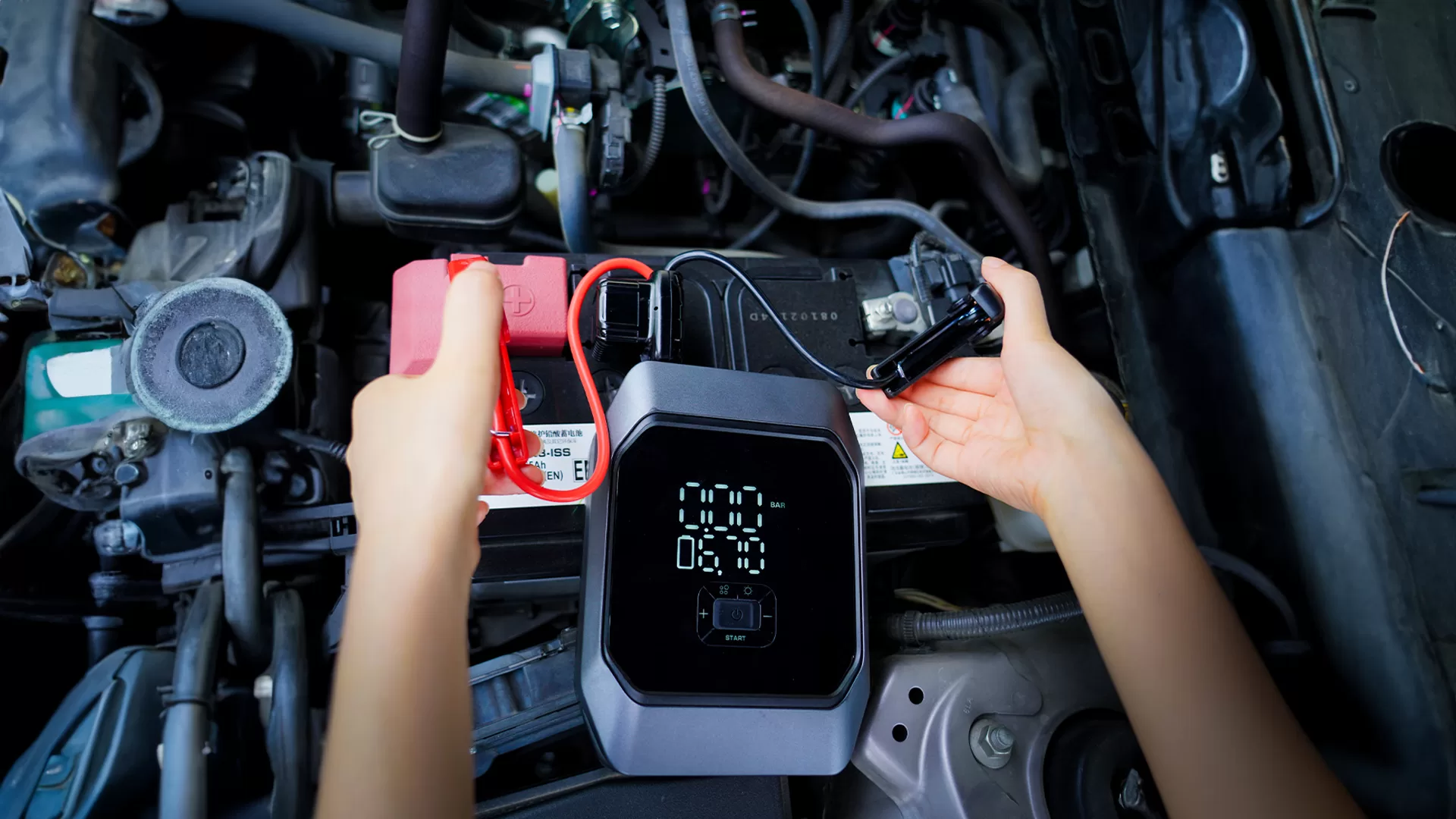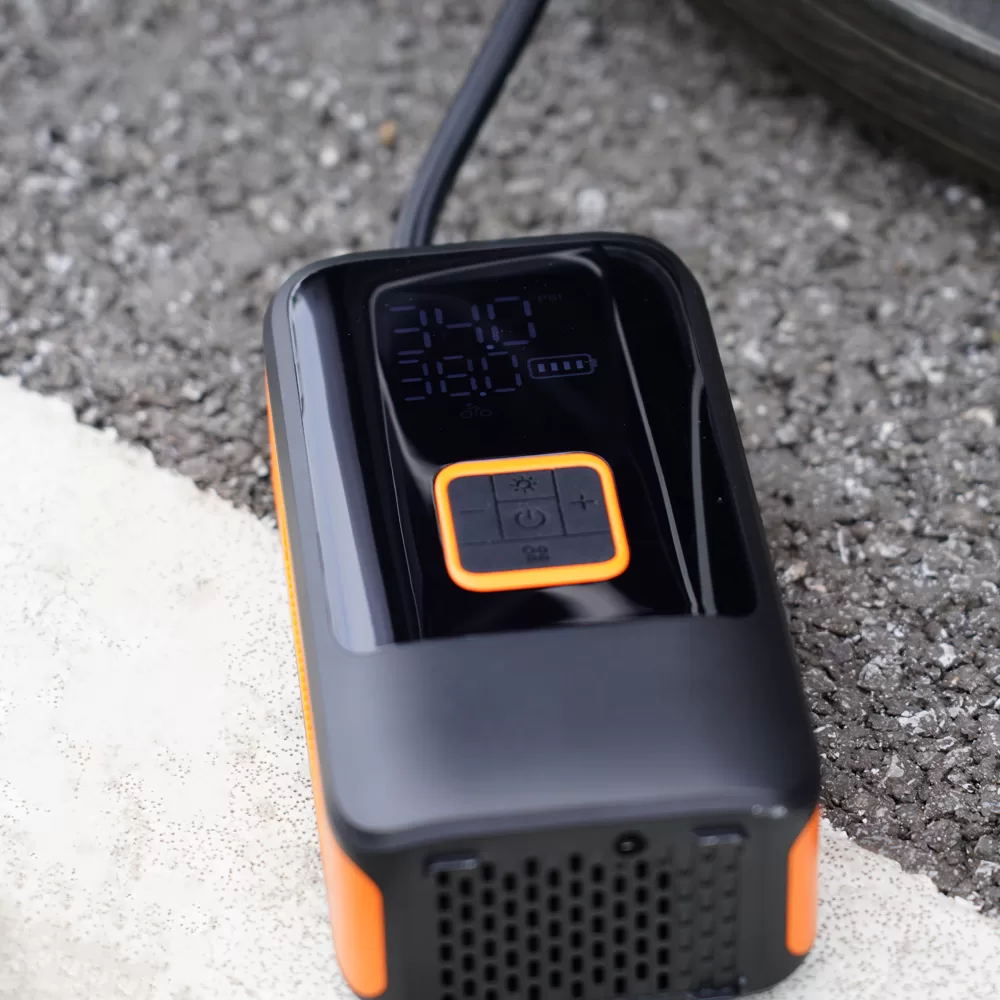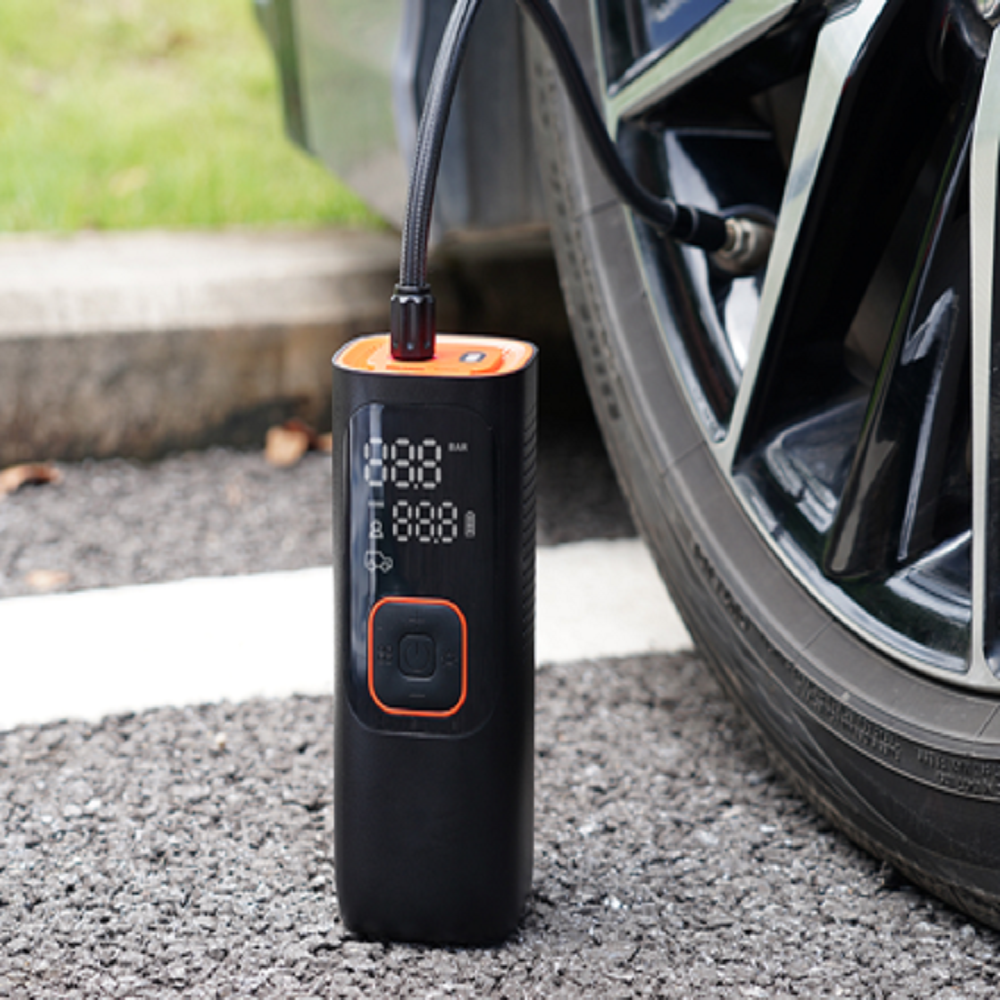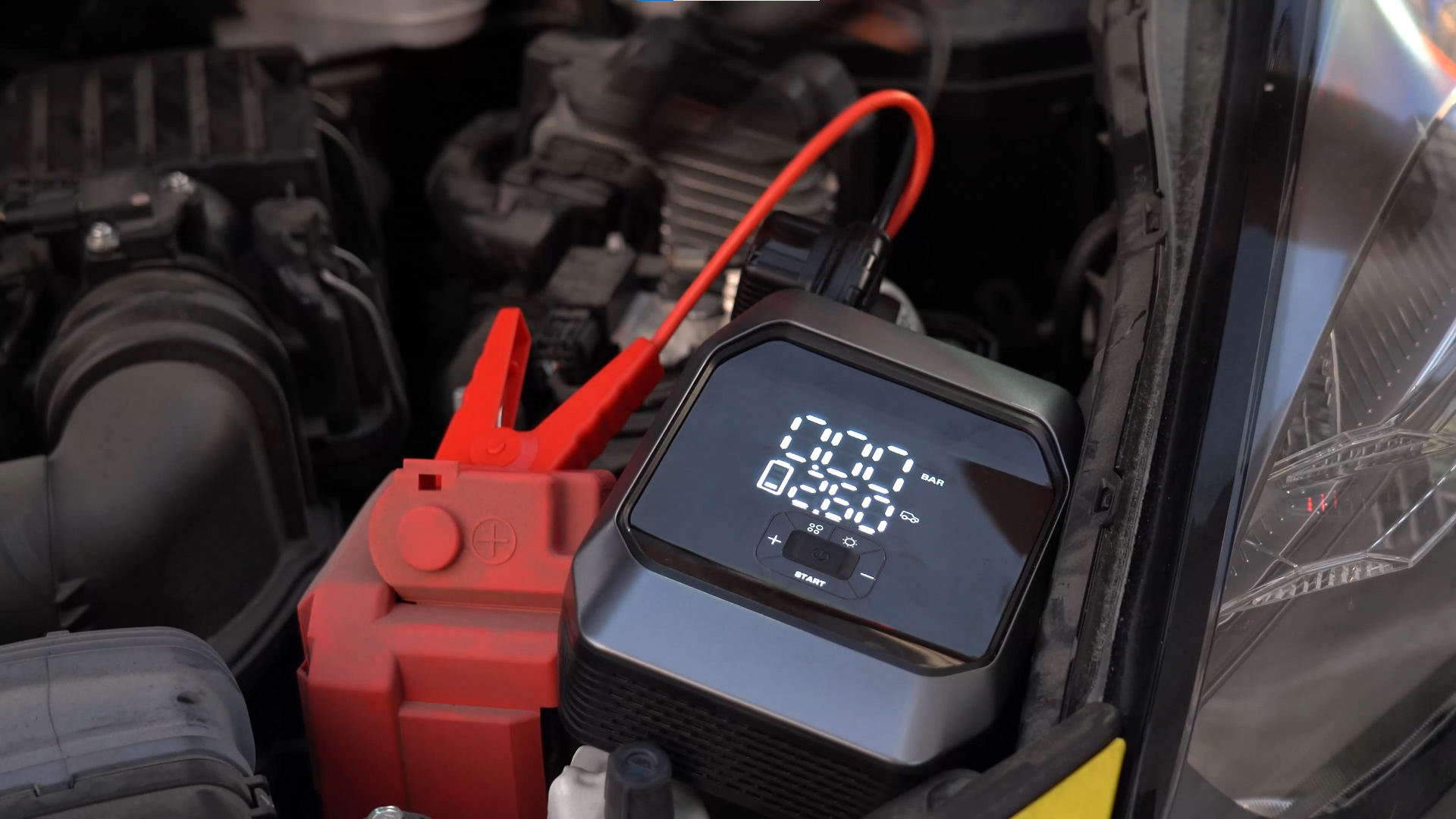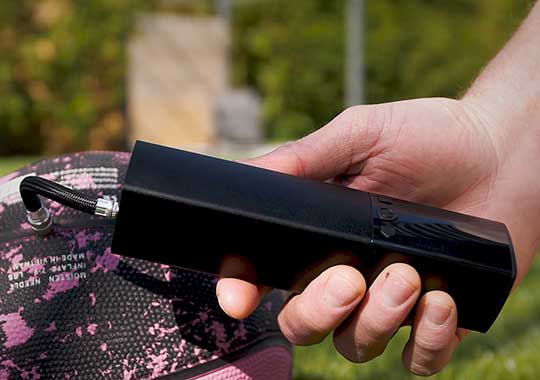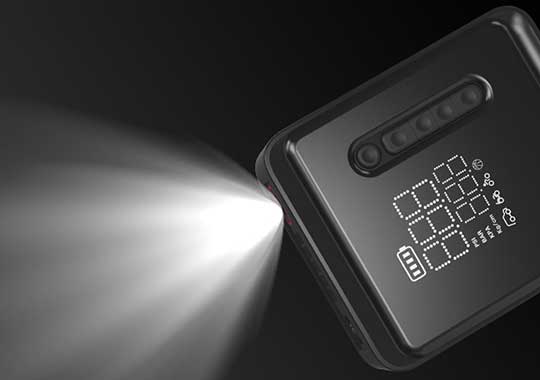How to Use a Portable Tire Inflator?
The worst times of the day come with flat tires, ruining your day. Once you identify the problem, you can seal a hole temporarily, but driving on a flat tire will still require filling it. Furthermore, filling up the tire is required even if your tire pressure monitoring system (TPMS) alerts you to a low tire pressure. When a situation like this occurs, portable tire inflators can be a perfect answer because they provide a little gadget you can keep in your car and save paying for a tow truck or roadside help.
Various portable tire inflators are available, based on the features you desire. For a device like this, which anyone can use, simplicity is essential. Here are some things to consider and instructions for using a portable tire inflator.
Introduction to Portable Tire Inflators
Every driver should be competent to handle car maintenance, especially if there is an issue that could disable their vehicle. To make this easier, use a portable tire inflator. It’s a small, lightweight air compressor meant to pump air into your tires in order to inflate them.
A portable air pump can be helpful in an emergency, for routine tire maintenance, or even merely to help someone else if you don’t know how to use an air compressor for tires, don’t own one, or don’t have access to one.
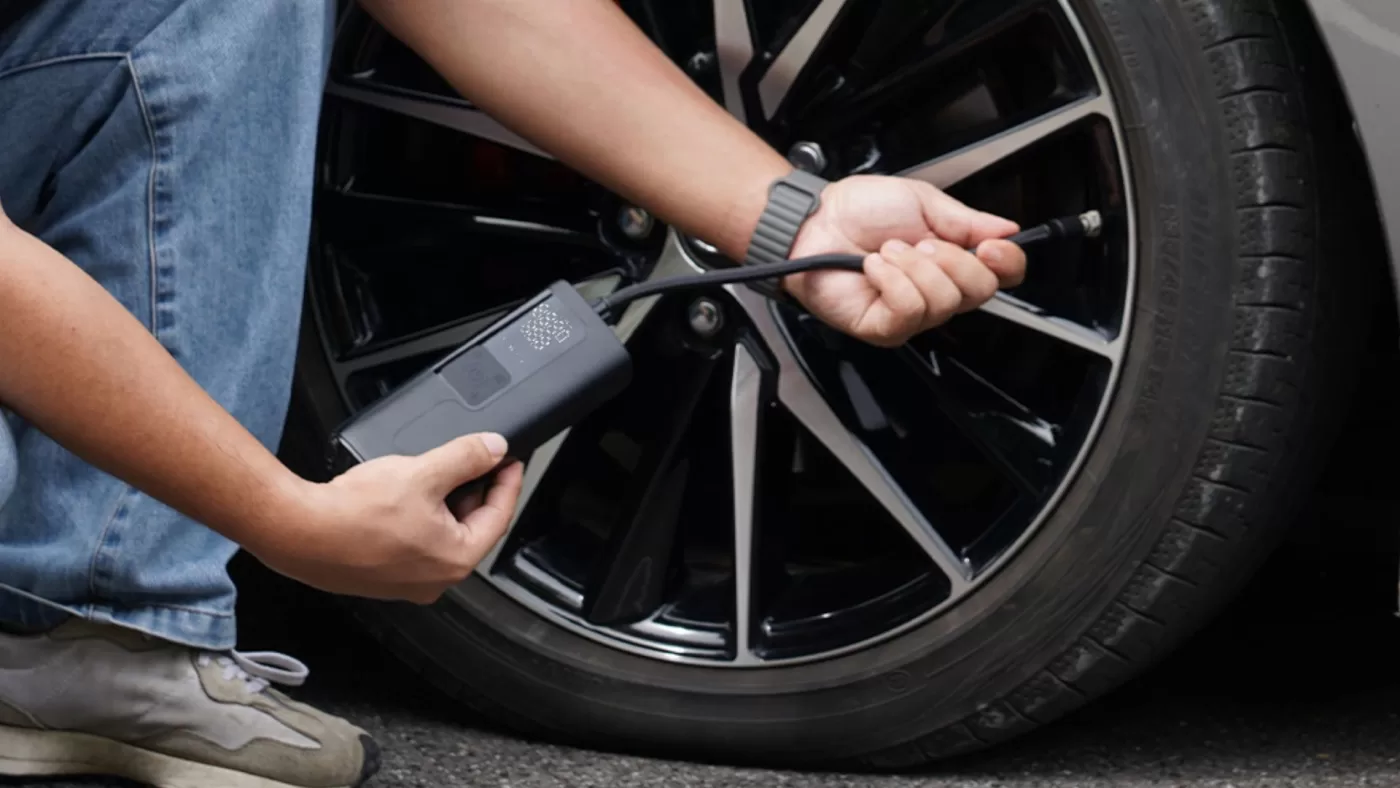
Types of Portable Tire Inflators
There are primarily two kinds of portable tire inflators:
12-volt tire inflators: These come with an adapter that fits into a cigarette lighter or vehicle power socket. Additionally, some have a lug that enables you to use alligator clips to connect it straight to a battery.
Battery-powered tire inflators: These don’t require a car’s power source to operate because they have their own power supply. This makes it possible to utilize them as a power bank or to pump up tires or tubes on bicycles and other non-powered vehicles.
There are also a variety of features, including:
Digital screen for easy pressure reading
Adapters for different types of tire valves
Automatic stop when desired pressure is reached
Precision gauge-style tire gauge
Light for roadside repairs in the dark
Safety Precautions Before Using a Portable Tire Inflator
Using a portable electric air pump can be time- and convenience-saving, and using these kinds of tools to inflate automobile tires at home is an easy task to learn. However, there may be things to be aware of.
A blowout may result from a cut or bulge in the sidewall or tread, so inspect the tires before inflating.
Look for the sticker on the driver’s door pillar that indicates the proper tire pressure.
Even if you are aware of a leak and need a “buffer” to get you where you’re going, try not to over-inflate the tire.
Make sure there are no combustible items close by and use it in a safe area where you won’t be hit by another car.
Additionally, never run the inflator by accident. Inadvertently over-inflating the tire could lead to a blowout if it doesn’t stop when it should.
Step-by-step Guide to Using a Portable Tire Inflator
While portable tire inflators are made to be user-friendly, you should always follow the directions that come with your specific piece of equipment. For a general overview of how to use one securely, follow these steps.
Examine the tire. Look for any obvious damage on the tire, such as bulges, cuts, or punctures. Do not inflate a damaged tire.
Power the inflator. The majority of portable tire inflators are run by rechargeable batteries or a 12V outlet in your car. Attach the inflator to the suitable power supply.
Fit your tire valve to the hose. Attach the valve connector from the inflator hose after removing the valve cap from the tire valve stem. Verify that the connection is tight and safe.
Set the desired pressure. With your inflator’s pressure dial or digital display, set the tire pressure to the recommended level as per your car’s recommendations.
Turn on the inflator. After activating, allow the inflator to operate until the targeted pressure is reached. Don’t overinflate the tire and pay attention to the pressure gauge to ensure accuracy.
Stop the inflator. After the inflator reaches the desired pressure, turn off the inflator and remove the hose from the tire valve stem.
Check the tire pressure. To ensure that the tire is inflated to the correct pressure, use a reliable tire pressure gauge.
For the other tires, repeat. Make sure all the tires are inflated to the required pressure by repeating the process if needed for the remaining tires.
Common Troubleshooting Issues and Solutions
One of the following problems could be the cause of your inflator’s failure to function as you had anticipated.
Not enough power. It’s possible that a car battery that is dead or near death cannot power a compressor. Before attempting to use the inflator again, either recharge your car’s battery or use a different vehicle to power it.
Insufficient pressure. Some portable tire inflators have a limited inflation range, so they can’t fully inflate a tire on a large vehicle like a heavy-duty pickup or RV. If you need extra air, check the inflator’s restrictions and locate a new supply.
Short air hose. Use an extension or find a longer hose to attach to your inflator if the air hose is difficult to reach your tire or if the tire valve is awkwardly positioned.
Overheating. Long-term operation is not intended for these portable tire inflators. Give the compressor a few minutes to cool down after filling each tire. If not, it can break down too soon.
Find your portable tire inflator at Newo, a leading manufacturer of electric air pumps that specializes in designing and producing a wide range of high-quality products.
-
Leading the Way in Product Innovation and Excellence
Smartnewo exemplifies professionalism in product innovation and manufacturing. Their collaboration with Xiaomi Youpin on the G01 crowdfunding project highlights their expertise in creating compact, powerful inflatable pumps. Rigorous engineering, meticulous production processes, and advanced quality assurance underscore their commitment to excellence. The success of the G01 project, with significant market... -
Essential Qualities of an Excellent Supplier
In today's competitive market, finding a reliable supplier is crucial for business success. Based on insights from Smartnewo and broader internet research, here are key qualities an excellent supplier must possess:... -
NW06 Tire Inflator: Compact Power for Quick Inflation
Summary The NW06 Tire Inflator delivers quick and efficient tire inflation with a powerful 35L/min airflow. It features a user-friendly LCD screen for real-time pressure monitoring, dual power options with a built-in 6000mAh battery, and multiple nozzle attachments for versatile use. Its compact design and integrated LED light ensure convenience and... -
Unleash the Power of Portability: The SmartNewo Jump Starter with Air Compressor KF03
This guide will walk you through the steps to effectively use a portable tire inflator, helping you stay prepared and safe on the road.... -
Newo Attends The 2024 Consumer Electronics Show (CES)
Smartnewo booth is located at 53672, Halls A-D, Level 2, Venetian Expo, Las Vegas Convention Center (LVCC). ... -
Smartnewo’s Dual-Cylinder Air Pump Rocks the Hong Kong Autumn Electronics Fair!
Smartnewo’s Dual-Cylinder Air Pump Rocks the Hong Kong Autumn Electronics Fair!... -
Meet at the Canton Fair! Smartnewo brings dual-cylinder air pumps, making your inflation experience faster and more stable!
NEWO has went deep communication and negotiation with customers from all over the world on booth.... -
“Hong Kong Autumn Electronics Fair – 1CA18 (October 13th to 16th): Smartnewo invites you to visit our booth!
Hong Kong Autumn Electronics Fair... -
Smartnewo showcases its innovative range of electric air pumps at IFA 2023
Smartnewo will participate in the Consumer Electronics Show (IFA) in Berlin, Germany from September 3rd to September 5th.... -
Consumer Electronics Show (IFA) In Berlin 2023
Smartnewo will participate in the Consumer Electronics Show (IFA) in Berlin, Germany from September 3rd to September 5th....
-
Stay Safe on the Road with the KF03: Your All-in-One Jump Starter and Air Compressor
Roadside emergencies are often unpredictable, especially during colder months when car batteries and tires are more susceptible to issues. Whether you’re planning a long road trip or simply commuting to work, having the right tools in your vehicle can make all the difference. The KF03 Jump Starter with Air Compressor... -
Off-Road Adventures Made Easy with the SH03 Dual Cylinder Tire Pump
This guide will walk you through the steps to effectively use a portable tire inflator, helping you stay prepared and safe on the road.... -
Why the NW01 Portable Tire Inflator is a Must-Have for Everyday Drivers
This guide will walk you through the steps to effectively use a portable tire inflator, helping you stay prepared and safe on the road.... -
Why Portable Tire Inflators Are a Must-Have for Off-Season Road Trips
This guide will walk you through the steps to effectively use a portable tire inflator, helping you stay prepared and safe on the road.... -
Top 5 Essentials for Autumn Camping Adventures
This guide will walk you through the steps to effectively use a portable tire inflator, helping you stay prepared and safe on the road.... -
Embrace Autumn Camping with the NW02-P Tent and SUP Inflator
This guide will walk you through the steps to effectively use a portable tire inflator, helping you stay prepared and safe on the road.... -
Smartnewo Shines at the HKTDC Hong Kong Electronics Fair: A Showcase of Innovation in Electric Car Tyre Pumps
This guide will walk you through the steps to effectively use a portable tire inflator, helping you stay prepared and safe on the road.... -
5 Essential Car Accessories You Should Have: Spotlight on the KF03
This guide will walk you through the steps to effectively use a portable tire inflator, helping you stay prepared and safe on the road.... -
Why You Need An Electric Car Tyre Pump In Your Trunk ?
This guide will walk you through the steps to effectively use a portable tire inflator, helping you stay prepared and safe on the road.... -
Why Portable Tire Inflator Is Essential for Electric Vehicles Like BYD Song Plus ?
This guide will walk you through the steps to effectively use a portable tire inflator, helping you stay prepared and safe on the road....
-
How Is a Football Properly Inflated?
The correct inflation of a football - with not too much and not too little air - is a hotly debated topic among footballers.... -
Application Scenarios of Car Inflator Pump
Often long-distance business trips or play car owners because the road may be more remote areas, in this case if you encounter a tire leak....


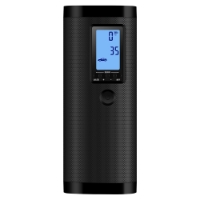 Portable Tire Inflators
Portable Tire Inflators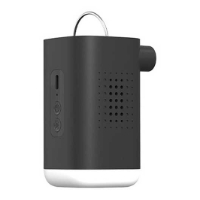 Electric Air Pumps
Electric Air Pumps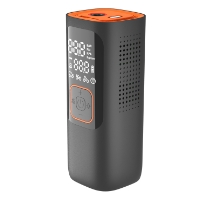 Electric Car Tyre Pumps
Electric Car Tyre Pumps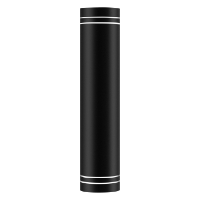 Electric Ball Pumps
Electric Ball Pumps Wireless Portable Air Pumps
Wireless Portable Air Pumps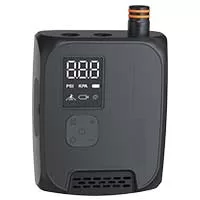 SUP Air Pump
SUP Air Pump
